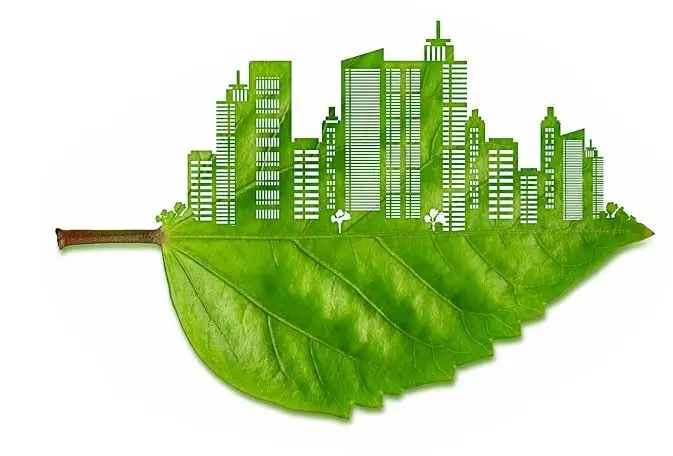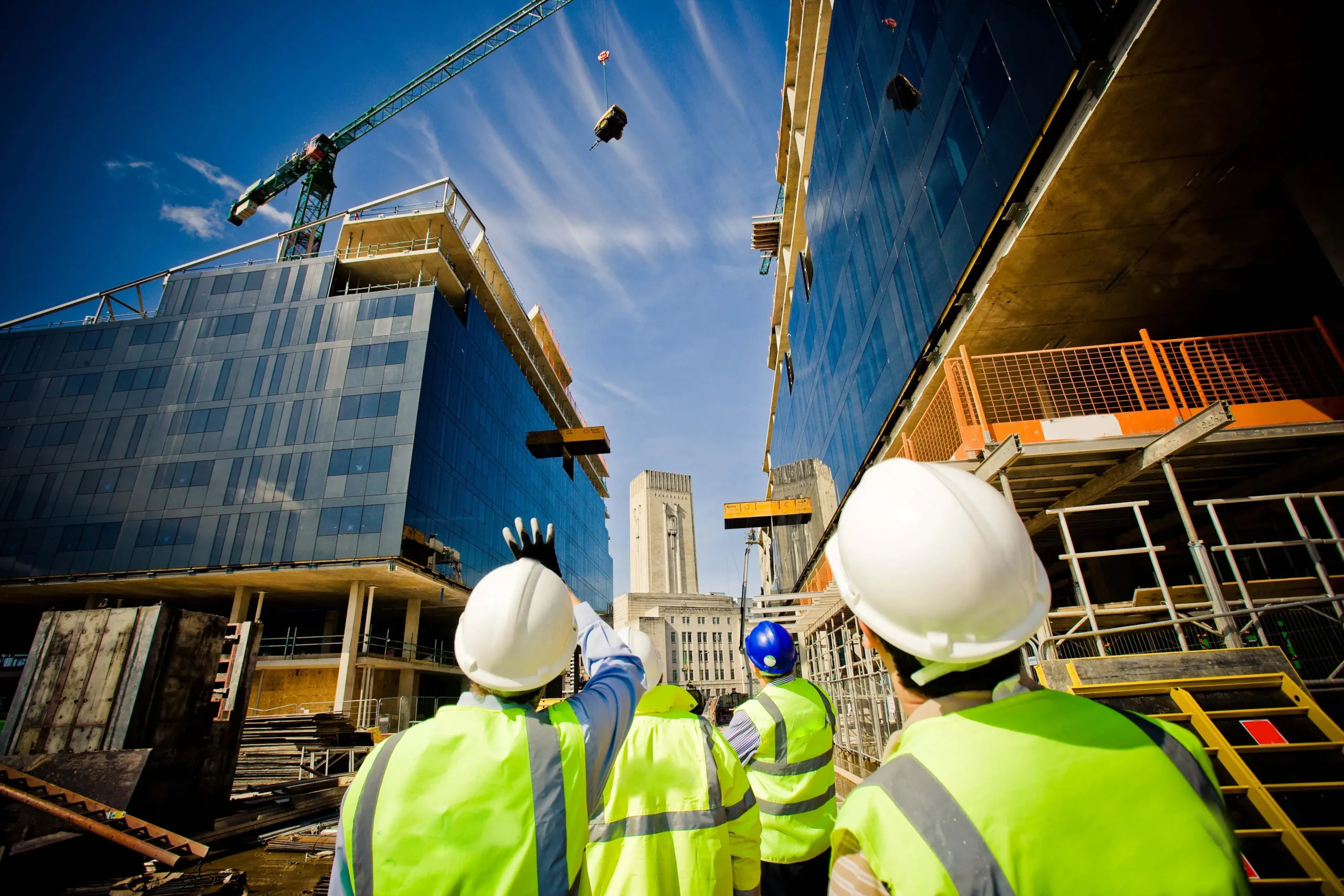The construction industry is increasingly focusing on sustainability and reducing its environmental impact. One area that is seeing a “green revolution” is dry lining supplies – the materials used to line interior walls and ceilings without plastering.
From eco-friendly plasterboards to sustainable insulation, manufacturers are developing innovative solutions to meet the demand for greener building products.
Why Does Dry Lining Need to Be More Sustainable?
Traditional dry lining materials have sizable environmental impacts. Plasterboard production requires intensive mining and processing of gypsum, fueling carbon emissions. Manufacturing also uses large volumes of water and produces air pollutants. Even product transport leaves a substantial carbon footprint.
Furthermore, established dry lining products often contain volatile organic compounds (VOCs) that off-gas from materials after installation. VOCs lower indoor air quality and some compounds are known carcinogens. Governments worldwide are therefore restricting permissible VOC levels.
As climate consequences escalate, builders must consider the full lifecycle impacts of construction materials. The scale of dry lining usage makes it crucial to address. Eco-conscious developers also understand that sustainability credentials can be a competitive advantage.
The solution is increased adoption of green dry lining materials produced from recycled content using renewable energy. Circular business models can eliminate waste and pollution. With innovation and intent, dry lining can move firmly into the sustainable construction era.
Innovations in Eco-Friendly Dry Lining Materials
Many manufacturers have responded to the need for more sustainable dry lining products with new solutions. Here are some of the key innovations:
Sustainable Plasterboards
Eco-friendly plasterboards now represent a sizeable share of the market. They are produced using less energy and materials, as well as a higher proportion of recycled content. For example, some boards contain over 95% recycled gypsum from waste streams of other plasterboard plants. This saves vast amounts of virgin gypsum that would otherwise be quarried.
Manufacturing processes have also been optimized to use less water and produce lower emissions. Furthermore, sustainable plasterboards are now completely VOC-free, unlike older plasterboards which can still release trace VOCs. This makes them safer for builders and occupants.
Natural Insulation Materials
Synthetic insulation has traditionally been used in dry lining, but various natural, eco-friendly alternatives are now available:
- Hemp insulation – Made from fast-growing hemp fibres, this renewable material locks in heat effectively. As a crop, hemp also absorbs CO2 from the atmosphere.
- Sheep’s wool insulation – Wool is a sustainable insulation material that is breathable and moisture-regulating. It comes from a waste by-product of sheep shearing so utilizes materials that would otherwise go to landfill.
- Straw bale insulation – Waste straw from agriculture is compacted into insulation batts and boards. This waste material gets excellent thermal performance while reducing landfill waste streams.
- Wood fibre insulation – Insulation boards can be made from wood chips and pulp, which locks away CO2 absorbed by the trees. This is less impactful than using synthetic foam insulation.
Natural insulation materials provide excellent performance and sustainability compared to older oil-based products. They are now commonplace in eco-friendly dry lining.
Innovations in Plasters and Adhesives
Other dry lining elements like bonding agents and skim coat plasters have also been re-formulated for lower environmental impact:
- Eco-friendly adhesives – Bonding pastes for plasterboards are now largely comprised of recyclable synthetic-based polymers instead of VOC-emitting solvent-based formulas. They adhere just as effectively with a much smaller carbon footprint.
- Green plasters – Basecoat plasters and lightweight skim coat finishes now have up to 80% recycled gypsum content. They also use natural minerals like calcite instead of cement, which requires intensive high-heat manufacturing. Applying eco-friendly plasters is important for sustainable interiors.
- Low-carbon mixes – Where cement is still used in skim coat fillers, many brands offer low-carbon variants where cement production emissions have been offset through carbon credit schemes. This at least avoids adding more embedded carbon to buildings.
Best Practice for Green Dry Lining Projects
When planning a dry lining project with sustainability in mind, there are several best practices to implement:
- Source verified eco-friendly supplies – Using the innovative green materials above is key. Seek manufacturers with robust environmental policies and credentials.
- Design for efficiency – Carefully plan the dry lining requirements and layout to minimize off-cuts and waste of materials. Consider room dimensions versus standard plasterboard sheet sizes.
- Use resource-efficient site practices – Reduce transport needs through coordinated deliveries. Segregate waste streams for plasterboard recycling. Keep energy use and emissions low on-site.
- Leave space for insulation – Allow room for ample insulation within wall cavities to prevent heat loss and over-heating issues. Prioritize natural insulation materials like sheep’s wool or hemp.
- Consider end-of-life impact – All plasterboards are technically recyclable. At demolition, ensure boards are placed in gypsum recycling streams instead of landfill.
Following these guidelines will help maximize sustainability. For certification, the project can also aim for eco-labels like BREEAM or the WELL Building Standard as proof of green credentials.
The Future of Green Dry Lining
As green construction advances, what does the future look like for sustainable dry lining practices? We can expect continued innovation, with manufacturers striving towards fully closed-loop recycling of plasterboard waste and the development of new bio-based materials. These could include insulation products made from crop residues or algae-derived boards.
On-site, the processes for installing dry lining will be further streamlined to slash waste and emissions even more. With ever-tightening building regulations and the drive towards low-carbon construction, dry liners will have to be at the forefront of adopting greener methods and supplies. Ultimately, the sustainable dry lining revolution has only just begun, and there is still much progress to be made on this front.
Final Words
The construction world is waking up to the environmental impacts of traditional building practices. For eco-conscious contractors and their clients, dry lining presents a major opportunity to improve sustainability. By harnessing the many material and process innovations now available, decorative or protective wall and ceiling linings do not mean sacrificing green principles.
With plasterboards now over 95% recycled and natural insulation taking over from synthetics, the green construction revolution is well underway. As regulation and consumer appetite grow stronger, sustainable dry lining supplies will become the new normal. Constructing the buildings of the future requires building materials fit for that greener future too.





